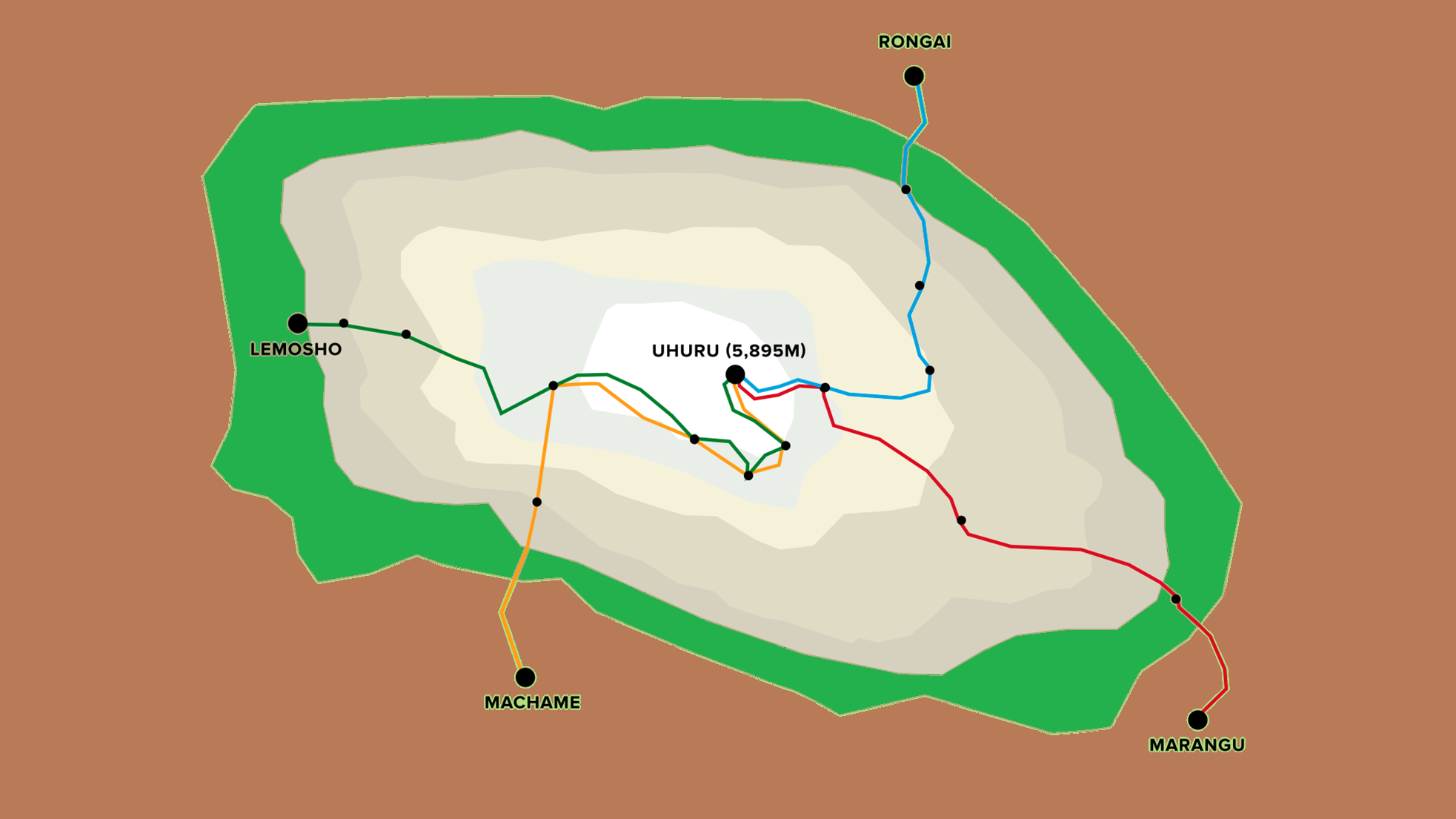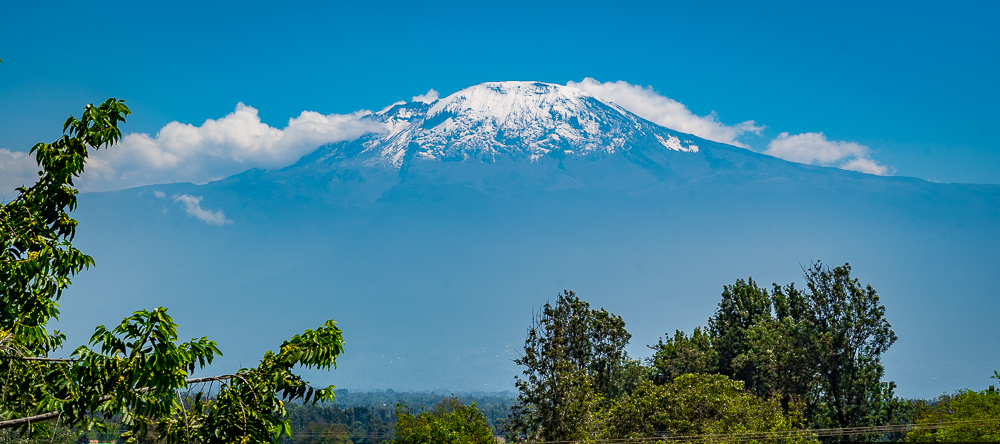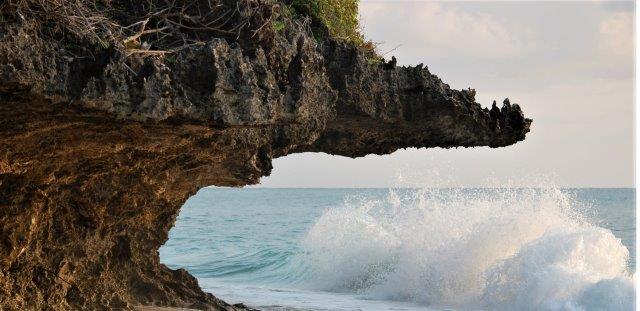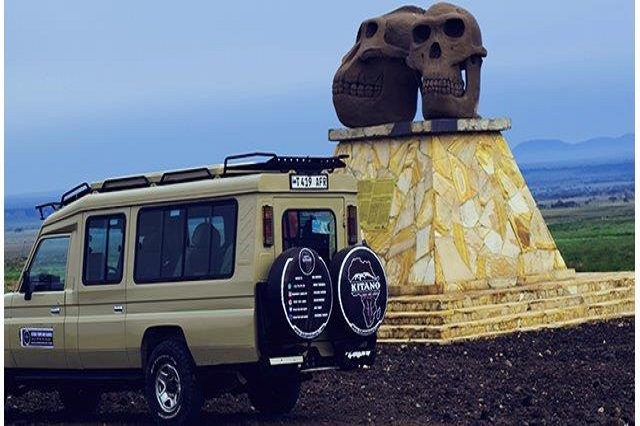Peak climbing seasons
When planning your Kilimanjaro adventure, understanding the peak climbing seasons is crucial for a successful summit attempt. The best time to embark on this awe-inspiring journey is during the dry seasons, typically falling between January and March, as well as September and October.
Weather conditions
When deciding on the best time to climb Kilimanjaro, it is crucial to consider the weather conditions. Opting for the dry season is highly recommended, as it reduces the risk of encountering adverse weather such as heavy rain or snow. The clear skies and moderate temperatures during this time make for a more enjoyable and safer climbing experience. Choosing to climb during the dry season increases your chances of reaching the summit successfully, as the weather conditions are more favorable for trekking.Crowd levels
Another factor to consider when choosing the best time to climb Kilimanjaro is crowd levels. Peak seasons tend to attract more climbers, which can result in crowded trails and campsites. If you prefer a quieter and more peaceful experience, it may be worth considering climbing during the off-peak seasons. Fewer climbers on the mountain during these times mean less congestion on the routes and a more serene atmosphere. This can enhance your overall experience and allow you to fully immerse yourself in the beauty of Kilimanjaro.Cost considerations
The cost of climbing Kilimanjaro can vary depending on the season. Peak seasons often come with higher expedition expenses, as demand is higher during these times. If budget is a concern for you, it may be worth considering climbing during the off-peak seasons. Lower demand during these times can result in reduced costs for permits, accommodations, and other expenses related to the climb. This can help you save money while still enjoying the incredible experience of summiting Kilimanjaro.Personal preferences
Ultimately, personal preferences play a significant role in choosing the best time to climb Kilimanjaro. Consider what factors are most important to you, whether it be weather conditions, crowd levels, or cost considerations. Take into account your own comfort level and what type of experience you are looking to have on the mountain. By weighing these factors and considering your personal preferences, you can determine the ideal time for you to embark on this incredible adventure.Routes & Itineraries

Common Trekking Routes to get to the summit of Mt. KilimanjaroTo get to Uhuru Peak there are several routes and itineraries to choose from:
Marangu Route: The most popular but very crowded one is the5-6 day Marangu route (often referred to as “Coca Cola” route) with 64km where you can sleep in basic huts. Though you don't need to camp those huts are anything but luxurious as you get to sleep in huge dorms together with many trekkers
Rongai Route: often described as the hardest the 65km long Rongai route is the only one which approaches Kilimanjaro from the north and takes 6 days
Machame Route: this is the second most popular route and takes usually7 days. The route is 49km long, approaches the mountain from the West and offers some beautiful panoramic views
Lemosho Route: I decided to take on the Lemosho route which is 56 kilometers long and takes altogether 8 days
What is the weather on kilimanjaro
| mouth | temperate | precipitation | cloudiness | crowds |
|---|---|---|---|---|
| January | warm | medium | low | high |
| February | warm | medium | low | high |
| March | moderate | high | medium | low |
| April | moderate | high | high | low | May | moderate | high | high | low |
| june | cold | medium | medium | medium |
| july | cold | medium | low | high |
| August | cold | low | low | high |
| September | moderate | low | low | high |
| October | moderate | low | medium | medium |
| November | Moderate | medium | high | low |
| Desember | Moderate | medium | medium | medium |
Though it is the time with least crowds one of my Kilimanjaro tips would be to avoid the wet season from March-May and in November as bad weather drains your energy and therefore reduces your chances of making it to the top. Your best bet if you want to avoid the masses is therefore the shoulder season in early July and December(except for the time around christmas/new years), the time from January to February is still popular as the temperatures are higher but the chances of rain for both timeframes are about 50/50..



.jpg)